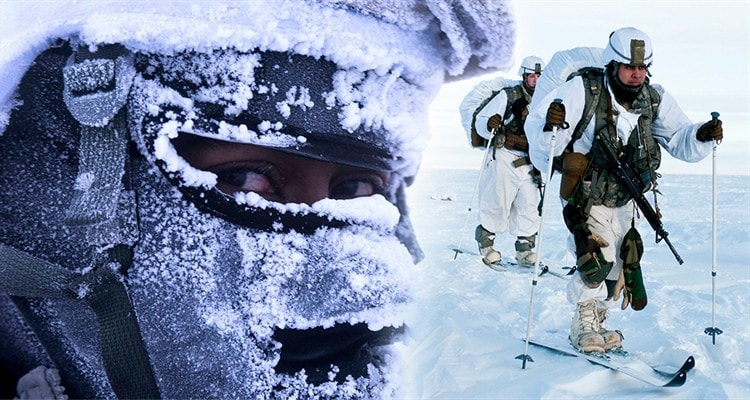|
Cold training, also known as cold exposure or cold thermogenesis, involves exposing your body to cold temperatures to promote physical and mental health benefits. Not everyone is a believer, but consider the fact that humans adapted to the arctic circle, and every military in the world runs a Cold Training programme... So, chill, have a read and learn how to unlock some latent superpowers While it may seem counterintuitive to intentionally expose yourself to cold, research has shown that cold training can have a wide range of positive effects on the body, from improving immune function and metabolism to reducing inflammation and stress.
Here are some famous examples of people or situations that became famous for their ability to withstand the cold:
So, what are the benefits of cold training?
How did humans manage to survive or endure sub-zero winters thousands of years ago in the extreme northern regions? Without modern clothing, heating, technologies and knowledge? Humans have managed to survive and endure sub-zero winters thousands of years ago in extreme northern regions through a combination of biological adaptations, cultural innovations, and resourcefulness.
But are there scientific studies that prove the benefits of cold exposure? There are numerous scientific studies and references that have demonstrated the benefits of cold exposure. Here are some examples:
Overall, these studies and many others suggest that cold exposure can have a wide range of positive effects on the body and mind. While more research is needed to fully understand the mechanisms behind these effects, the evidence so far suggests that incorporating some form of cold exposure into your daily routine could be a powerful way to improve your overall health and wellbeing. Here are some further reading and reference materials that people can watch or read to find out more about the benefits of cold exposure, as well as how humans have adapted to living in cold environments: Books:
Documentaries:
Scientific Journals:
Websites:
By exploring these resources, people can gain a deeper understanding of the benefits of cold exposure and the ways in which humans have adapted to living in cold environments. They can also learn more about specific practices and techniques, such as the Wim Hof Method and ice swimming, that can help to promote health and wellbeing. Comments are closed.
|
AuthorThis blog os co-authored by The ISA Team Archives
June 2024
Categories
All
|


 RSS Feed
RSS Feed

3/10/2023